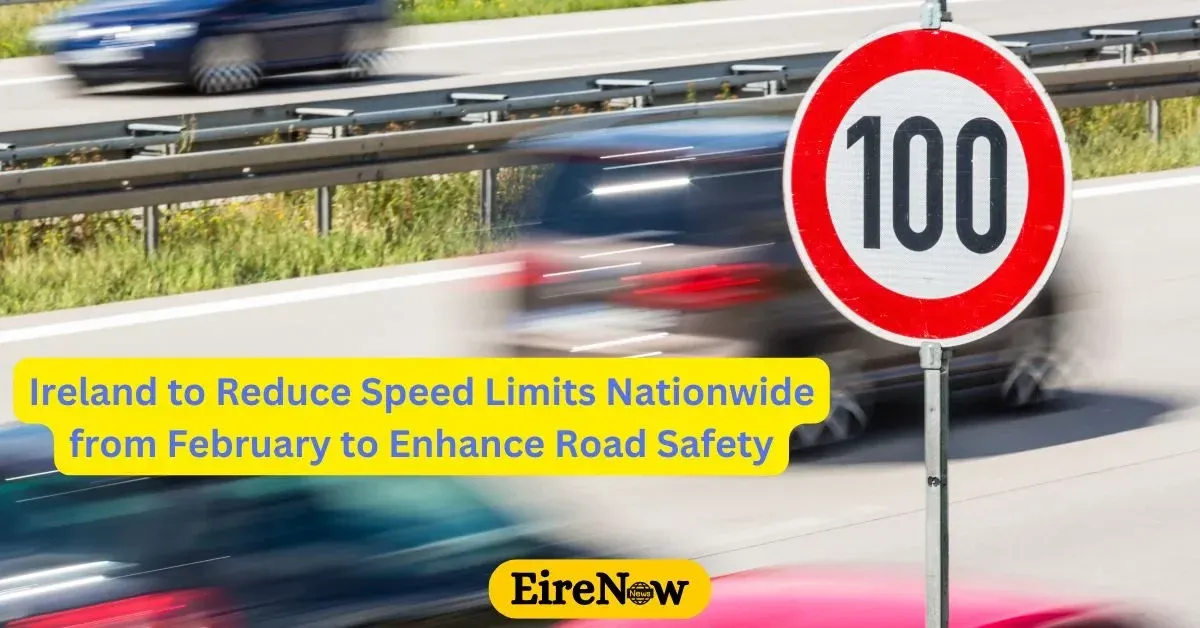Ireland is set to implement significant reductions in speed limits across many roads starting 7 February, as part of a government strategy aimed at reducing traffic-related fatalities and injuries.
Under the new rules, the default speed limit on rural local roads will drop from 80km/h to 60km/h. The Department of Transport has announced that updated speed limit signs will be installed to reflect these changes. Additionally, the meaning of the Rural Speed Limit sign (a white circle with three diagonal black lines) will be revised to indicate the new 60km/h limit.
This is only the beginning of broader changes planned for later in 2025. Urban areas referred to as “urban cores,” which include town centres, housing estates, and built-up areas, will see speed limits lowered to 30km/h. Furthermore, national secondary roads will experience a reduction in their speed limit from 100km/h to 80km/h.
The changes are a response to an alarming rise in road deaths in recent years. After a significant decline in road fatalities from 365 in 2006 to a record low of 132 in 2021, numbers have since risen sharply. By 2023, road deaths climbed to 180, marking a 36% increase. While early 2024 data indicates a slight improvement, government officials remain concerned about meeting road safety targets.
In a statement, the Department of Transport emphasized the importance of these measures, saying, “Every single death is a tragedy for the victims’ families, friends, and community. Serious injuries can also have a life-changing impact on individuals and their loved ones. Road safety is a key priority for Government, and reducing speed limits aims to curb this trend and bring down the number of fatalities and serious injuries on Irish roads.”
The reductions stem from a comprehensive review of speed limits conducted as part of the Programme for Government. The review, based on international research and modeling, recommended lowering speed limits across urban, local, and national secondary roads. These recommendations have been incorporated into the Road Traffic Act 2024, which provides the legal framework for the changes.
The Department of Transport believes these measures will play a crucial role in enhancing road safety and saving lives across the country.






